“En engelsk fregat til ankers, som tørrer sejl, og en dansk lodsbåd”. An English frigate at anchor, drying sails and a Danish pilot boat. Signed and dated E 1822. Oil on canvas. 39×54.5 cm. Kursiv: Emil Hannover, A Catalogue Raisonné of the Works of C. W. Eckersberg no. 300. In a letter to I.C. Dahl dated 7 February 1823, Eckersberg presents this painting as a gift to the Norwegian painter, whom Eckersberg had met and become good friends with while Dahl studied at the Academy of Fine Arts in Copenhagen from 1811 to 1818 and Eckersberg returned from Rome in 1816. Eckersberg writes in the letter (in Danish): “I have also completed a different kind of painting. I would like to give it to you, but I do not know if it would please you, though I do want to paint such things for a change – it is a seascape of a British frigate at anchor drying its sails with a Danish pilot boat nearby. I have a special passion for the world of ships….” “I promise you a small painting with figures this spring. The above-mentioned ship will be sent along if you want it. I always accept whatever you send me with great joy." Dahl accepted the offer of the painting and thanked Eckersberg in a letter dated 8 November 1823 after receiving the work, and at the same time Dahl writes that he wants to send one of his mountain views to Eckersberg (“En norsk Bjergegn”, sold at Eckersberg’s auction, 1853 no. 161 (Lødrup Bang no. 445, “Mountain Landscape with a Birch Tree”)). In her substantive work on Dahl, the Norwegian art historian Marie Lødrup Bang writes the following about the friendship and the great artistic respect between Eckersberg and I.C. Dahl and the artistic breakthrough that Eckersberg represents in relation to 18th century art, and in relation to Dahl, who cannot quite accept Eckersberg’s strong use of light and colour: “The other Danish artist who made an impression on Dahl was C.W. Eckersberg - all the more so as they were roughly the same age and became friends. Dahl remained in contact with Eckersberg over the years, corresponding occasionally and visiting him when he passed through Copenhagen on his travels to Norway. Eckersberg was still abroad when Dahl arrived in Copenhagen in 1811, but Dahl studied the pictures he sent home for exhibition [Including the other painting by Eckersberg at this auction, ”Akvædukten i Arcueil“, (cat. no. 18), which was sent home by Eckersberg from Paris and later exhibited at Charlottenborg in 1814], and said that 'even from his earliest works I learned a lot, though I found them too light in colour'. This remark reflects the opinion of several of the Copenhagen critics. They preferred the soft, light and tonal values of the eighteenth-century style employed by Juel, Lorentzen, and Abildgaard to the hard modelling and bright light and colours of French Neo-classicism, of which Eckersberg's painting gave them a taste”......“Dahl was at Engelholm when Eckersberg returned to Copenhagen in the autumn of 1816 and was eagerly awaiting news about him and his work. When they met, Dahl was full of admiration for Eckersberg's work and found him 'a man of his art who makes us all pale in comparison'. Even so, there are but few traces of influence from Eckersberg in Dahl's work. Dahl considered his Parisian works too light in colouring, and the Italian landscapes were even brighter.” (Lødrup Bang, vol 1, pp. 34–35). In the 1820s, Eckersberg began to focus on seascapes, and over the years he became Denmark's most important painter of the genre, and in the 1830s and 40s it became his favourite genre. He was deeply fascinated by the sea and the ships, as the above quote in the letter to Dahl exemplifies, and in this genre he observed his surroundings just as meticulously as ever. With his usual thorough and almost scientific methods and observations, which included a carefully kept diary of weather and wind conditions and frequent shorter and longer voyages at sea, he gained a tremendous knowledge of
Condition report on request. Please contact: fine-art@bruun-rasmussen.dk
“En engelsk fregat til ankers, som tørrer sejl, og en dansk lodsbåd”. An English frigate at anchor, drying sails and a Danish pilot boat. Signed and dated E 1822. Oil on canvas. 39×54.5 cm. Kursiv: Emil Hannover, A Catalogue Raisonné of the Works of C. W. Eckersberg no. 300. In a letter to I.C. Dahl dated 7 February 1823, Eckersberg presents this painting as a gift to the Norwegian painter, whom Eckersberg had met and become good friends with while Dahl studied at the Academy of Fine Arts in Copenhagen from 1811 to 1818 and Eckersberg returned from Rome in 1816. Eckersberg writes in the letter (in Danish): “I have also completed a different kind of painting. I would like to give it to you, but I do not know if it would please you, though I do want to paint such things for a change – it is a seascape of a British frigate at anchor drying its sails with a Danish pilot boat nearby. I have a special passion for the world of ships….” “I promise you a small painting with figures this spring. The above-mentioned ship will be sent along if you want it. I always accept whatever you send me with great joy." Dahl accepted the offer of the painting and thanked Eckersberg in a letter dated 8 November 1823 after receiving the work, and at the same time Dahl writes that he wants to send one of his mountain views to Eckersberg (“En norsk Bjergegn”, sold at Eckersberg’s auction, 1853 no. 161 (Lødrup Bang no. 445, “Mountain Landscape with a Birch Tree”)). In her substantive work on Dahl, the Norwegian art historian Marie Lødrup Bang writes the following about the friendship and the great artistic respect between Eckersberg and I.C. Dahl and the artistic breakthrough that Eckersberg represents in relation to 18th century art, and in relation to Dahl, who cannot quite accept Eckersberg’s strong use of light and colour: “The other Danish artist who made an impression on Dahl was C.W. Eckersberg - all the more so as they were roughly the same age and became friends. Dahl remained in contact with Eckersberg over the years, corresponding occasionally and visiting him when he passed through Copenhagen on his travels to Norway. Eckersberg was still abroad when Dahl arrived in Copenhagen in 1811, but Dahl studied the pictures he sent home for exhibition [Including the other painting by Eckersberg at this auction, ”Akvædukten i Arcueil“, (cat. no. 18), which was sent home by Eckersberg from Paris and later exhibited at Charlottenborg in 1814], and said that 'even from his earliest works I learned a lot, though I found them too light in colour'. This remark reflects the opinion of several of the Copenhagen critics. They preferred the soft, light and tonal values of the eighteenth-century style employed by Juel, Lorentzen, and Abildgaard to the hard modelling and bright light and colours of French Neo-classicism, of which Eckersberg's painting gave them a taste”......“Dahl was at Engelholm when Eckersberg returned to Copenhagen in the autumn of 1816 and was eagerly awaiting news about him and his work. When they met, Dahl was full of admiration for Eckersberg's work and found him 'a man of his art who makes us all pale in comparison'. Even so, there are but few traces of influence from Eckersberg in Dahl's work. Dahl considered his Parisian works too light in colouring, and the Italian landscapes were even brighter.” (Lødrup Bang, vol 1, pp. 34–35). In the 1820s, Eckersberg began to focus on seascapes, and over the years he became Denmark's most important painter of the genre, and in the 1830s and 40s it became his favourite genre. He was deeply fascinated by the sea and the ships, as the above quote in the letter to Dahl exemplifies, and in this genre he observed his surroundings just as meticulously as ever. With his usual thorough and almost scientific methods and observations, which included a carefully kept diary of weather and wind conditions and frequent shorter and longer voyages at sea, he gained a tremendous knowledge of
Condition report on request. Please contact: fine-art@bruun-rasmussen.dk
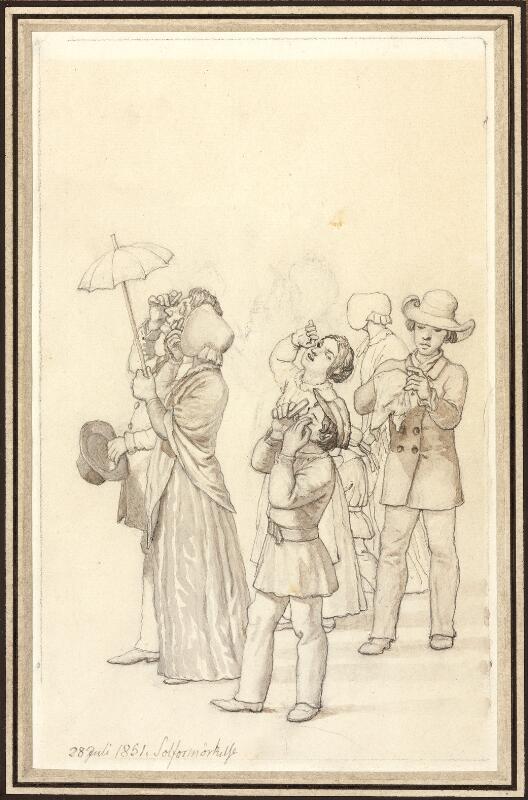
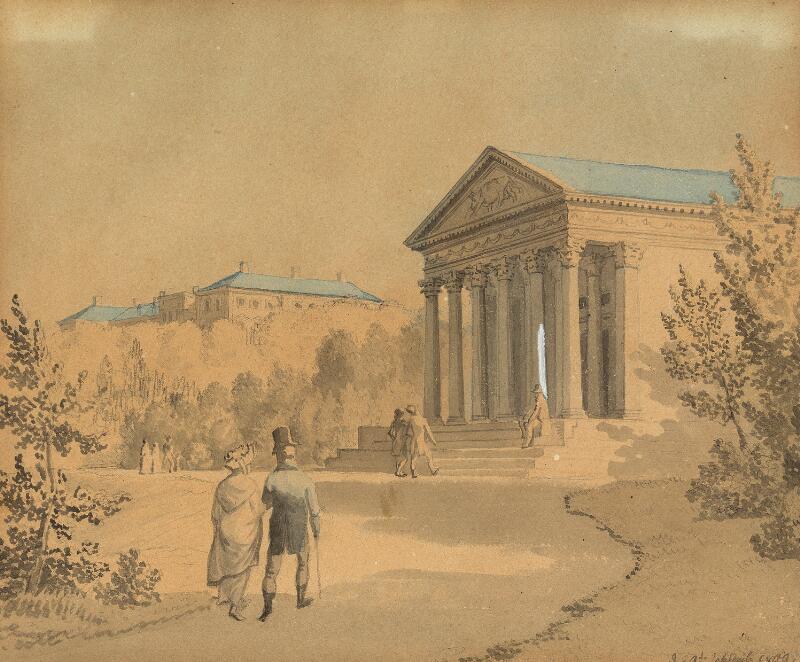
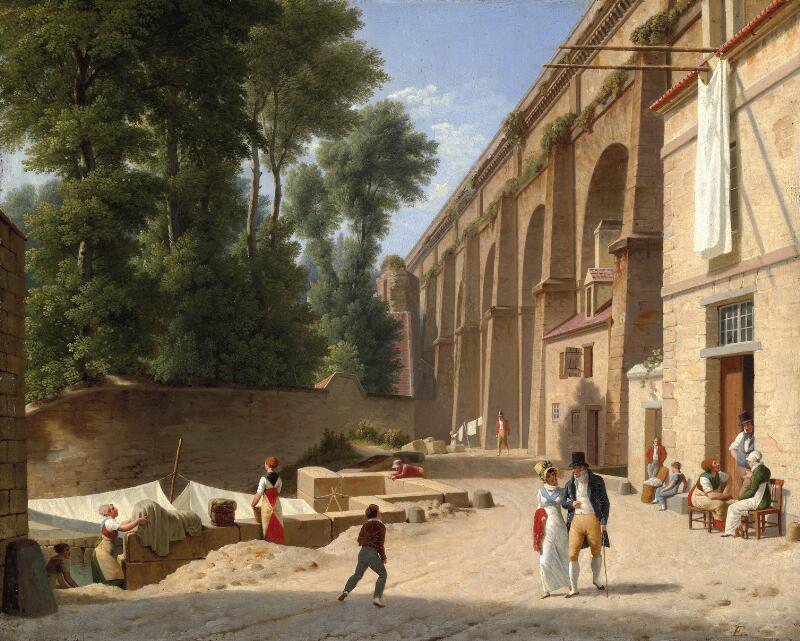

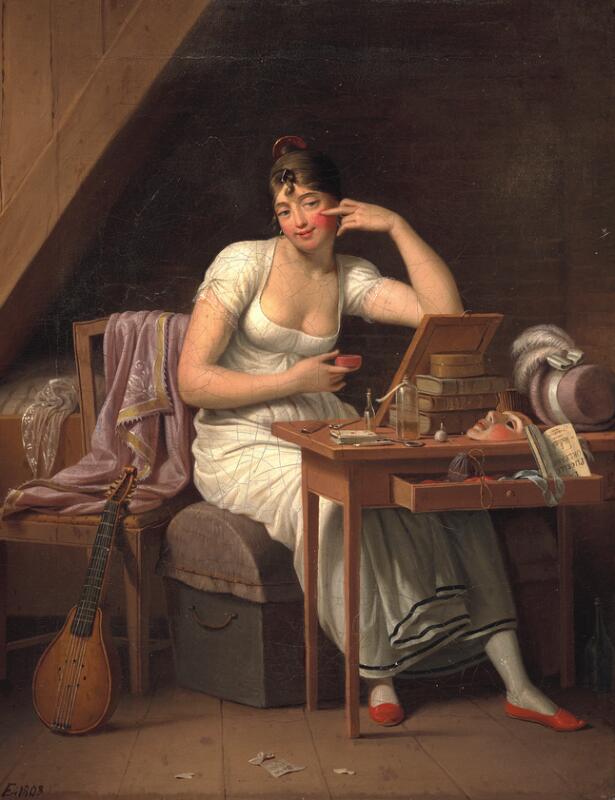
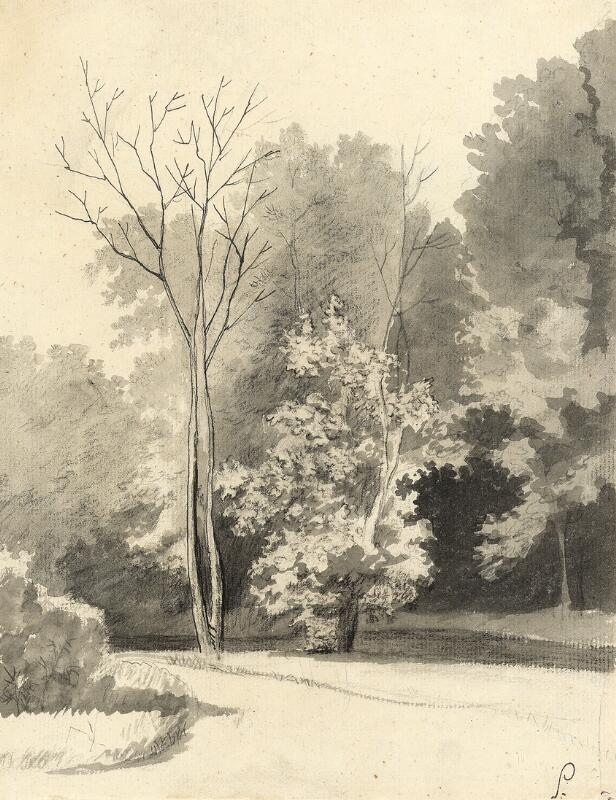
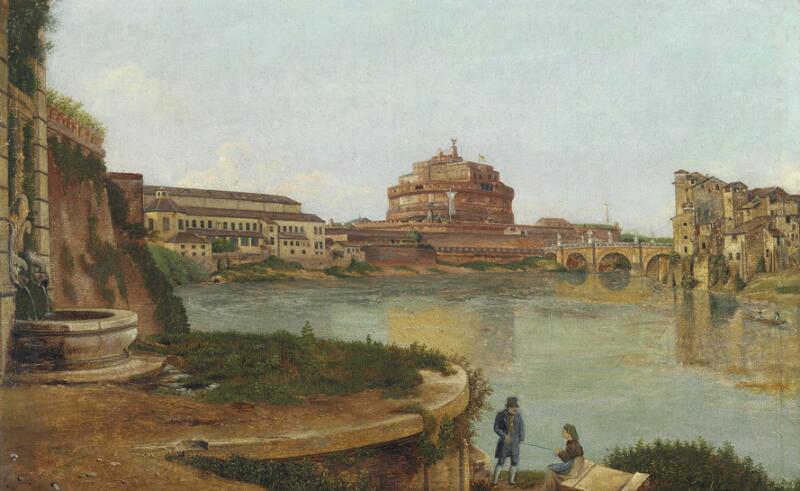

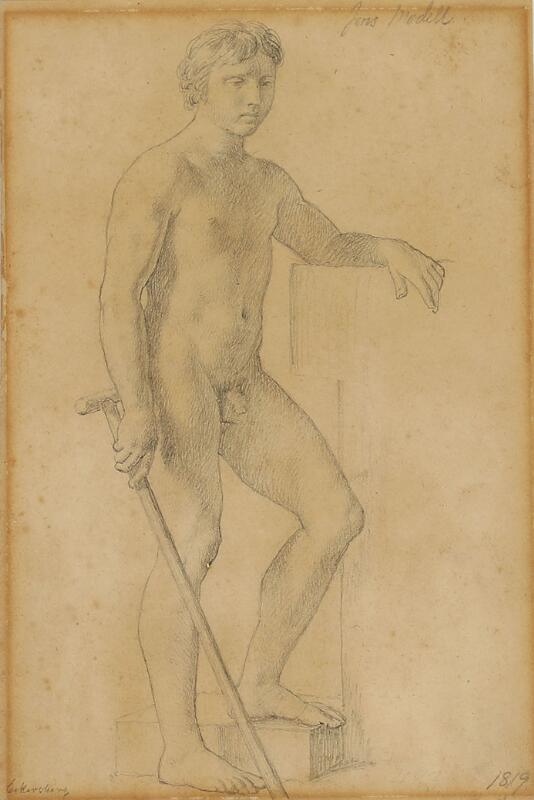


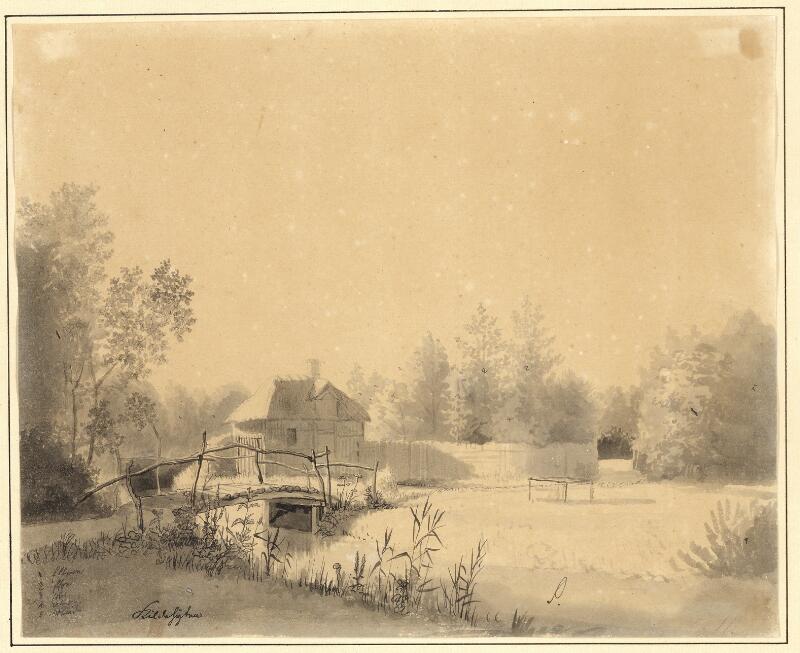

Try LotSearch and its premium features for 7 days - without any costs!
Be notified automatically about new items in upcoming auctions.
Create an alert